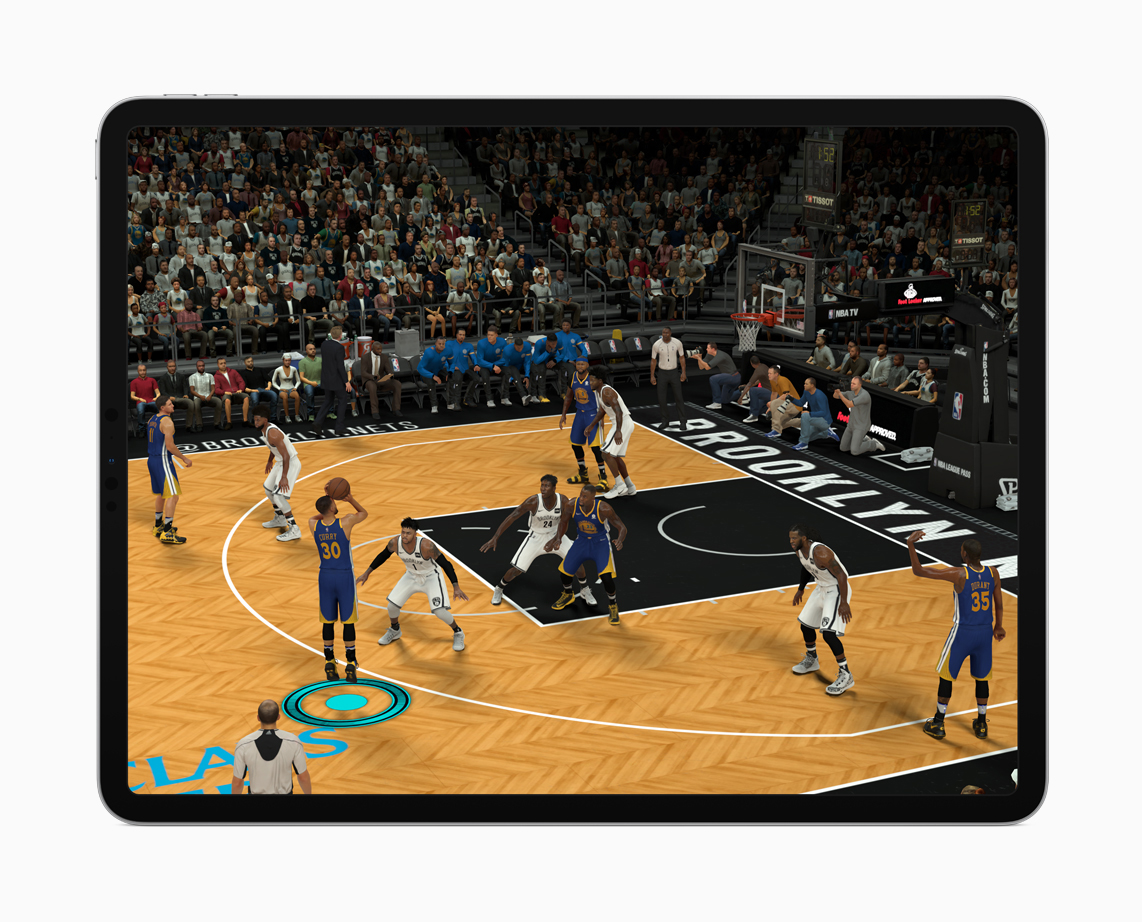What the A12X Bionic Chip Means For The All-New iPad Pro
Hands-on with a device faster than 92% of all portable PCs sold in the last 12 months

One of the more surprising announcements during Apple‘s recent, theatrical keynote (held, for the first time, in Brooklyn) pertained to the iPad Pro. As CEO Tim Cook mentioned, this is the most substantial overhaul to the iPad since the debut of the original. And this, of course, is visually evident in the updated design—including new rounded corners (smooth, yet angular) and the disappearance of the home-screen button and headphone jack. Anyone with a sharp eye can also see the benefit of the all-new Liquid Retina display. And, of course, there’s the screen growth of the 10.5-inch version to 11 inches—and the fact that while the 12.9-inch screen stays the same on the larger model, that particular device is altogether smaller—and noticeably so. When we held the larger of these two light, exceptionally slender devices and began to navigate through, it was very easy to accept all control adjustments—and easier to adapt to than with the changes introduced back with the iPhone X .

For all the welcome cosmetic enhancements, nothing is as exciting—aside from holding it in your hands—as the inclusion of a new A12X bionic chip. As most know, this is one further step up from the A12 chip powering the latest crop of iPhones. It’s built upon the same seven-nanometer process, but it’s rocking a 10 billion transistors and an eight-core Neural Engine (four performance cores, four power efficiency cores)—up two from the most recent iPhones and four from the last iPad releases. The latter is designed for high efficiency, multi-tasking and purportedly advanced, real-time machine learning. There’s no other tablet, laptop or desktop with it. And, remarkably, it makes this series of iPads deliver 90% higher CPU performance than previous generations of iPads—and faster than 92% of portable PCs out there.

All of this means that when using either of the two new iPad Pros, anyone can jump from large app to large app easily—and with speed. And this is truly the case. Without lag, we were able to switch from page to page—activating, engaging and more. With a system delivering five trillion operations per second—capabilities in AR, photo editing and gaming increase dramatically. The larger of the two also comes with the option of one terabyte of storage capacity. According to Geekbench, this is a device that can altogether rival the 2018 MacBook Pro in performance. It’s actually safe to say that the new iPad Pros are smarter and more capable than most portable computers, and coupled with this sleek new design, the Pros have become a computational force to be reckoned with.

Speed (a category which definitely includes the inclusion of quick, smart Face ID technology) and breadth of work truly define this iteration—but everything from a switch to USB-C (that also charges out) to wirelessly charging the new Apple Pencil (which now magnetically affixes to the iPad) carry value. A swath of productivity features accompanied the last release and they’ll certainly continue to make the iPad Pro a more dynamic tool—which is what it is really. This is a tool for those who want to work on the go but do not want a laptop. It’s also a comfortable device to use. That said, additions like Group FaceTime and enhanced surround sound speakers (that really pack a punch) remind us all that there’s fun to be had here, and the simple pleasure of connectivity.
The 11-inch and 12.9-inch iPad Pro, in either silver or space gray finishes, are available for pre-order now online and at Apple Store locations. The 11-inch iPad Pro starts at $799 for the WiFi model and $949 for the WiFi + cellular model; the 12.9-inch iPad Pro starts at $999 for the WiFi model and $1,149 for the WiFi + cellular model.
Images courtesy of Apple












